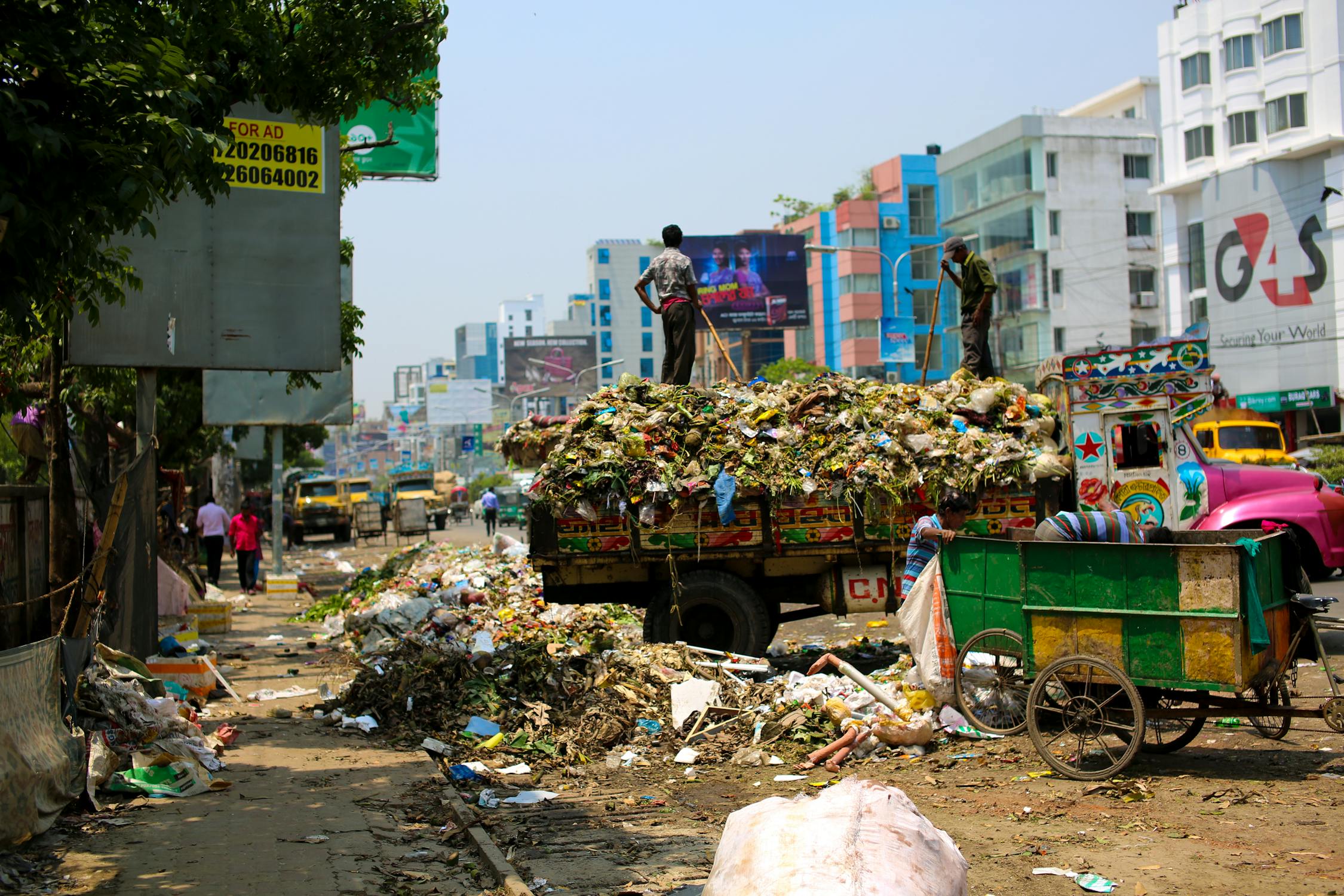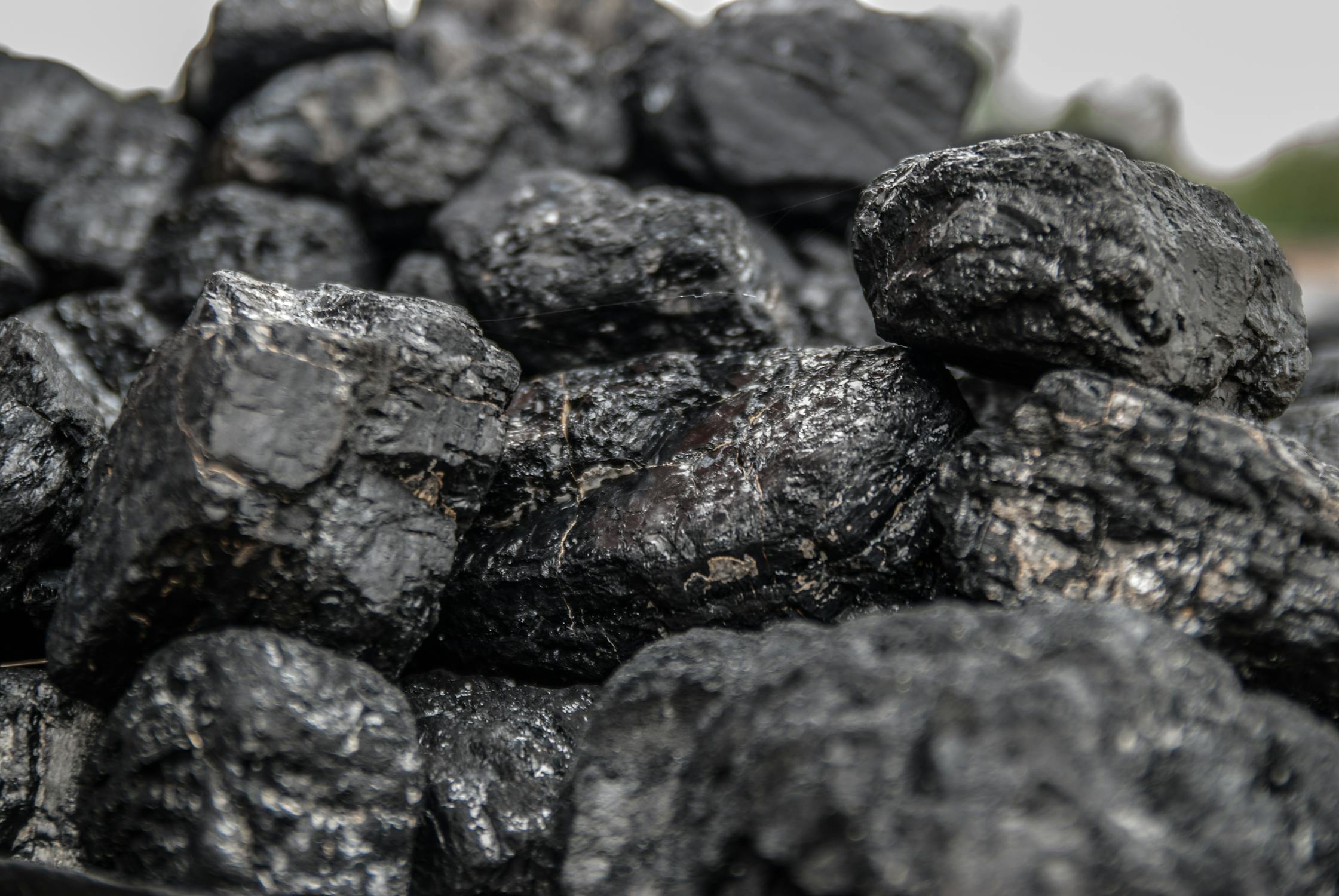
The Emergence of New Global Powers
The 21st century will be defined by the development of emerging global powers and a rise in energy consumption. The growth of countries like China, India, and Brazil will challenge the global leadership roles that have historically been held by the United States and its European allies. In the coming years, the autocracies of China, Russia, and the Persian Gulf — as well as the growing democracies of India and Brazil — will shift the political and economic balance away from the United States towards a more interdependent world. The emerging economies of China and India are already starting challenge the United States and its economic primacy. Goldman Sachs predicts that by 2027, China’s GDP will match, and then steadily surpass the United States in subsequent years (Kupchan, 2012). Moreover, this shift in power is already having an impact on energy-related tensions in regions like the South China Sea. In addition to the economic shift, political alternatives will also continue to diverge from the traditional Western model of democracy. Widespread socioeconomic changes and a rise in global interdependence will have a profound impact on energy consumption and environmental sustainability.

The Rise of the World’s Largest Democracy
There are few regions on the planet where the shifting balance of power and a rapid rise in energy consumption is more evident than in India. As the world’s largest democracy and soon to be the second-largest economy, India is presented with the opportunity to become a global leader on issues related to energy development and environmental sustainability. With half of the nation’s population under the age of 25, India is now home to the largest number of young people in the world (Singh, 2019). India’s overwhelmingly youthful population creates numerous opportunities for the future of the country, but also yields significant challenges that must be addressed.
While India is currently the world’s second most populated country, it is generally less urbanized than most developed countries. According to India’s 2011 census, only about 28 percent of the population lives in urban areas (Chakraborty, 2018). However, within the next 15 years it is predicted that over 200 million rural residents will migrate to urban areas in India (Sinha, 2018). In conjunction with the youthful population, this massive influx of residents to urban areas will create urgent new challenges that will require innovative and progressive solutions. One of these main challenges is related to energy consumption. As a country that already struggles with issues related to endemic poverty, dilapidated infrastructure, and widespread pollution, an influx of residents to urban areas is already starting to put a massive strain on the country’s fragile energy infrastructure, which relies largely on electricity generated from aging fossil fuel power plants.
Sustainable Development Goals
Following the development of 17 Sustainable Development Goals in 2015 by the Member States of the United Nations, global leaders vowed to direct action on sustainable energy development by 2030. Given India’s increasing role in the global economy, its rapidly growing population, and its impact on global carbon emissions, world leaders are becoming increasingly aware of India’s opportunity to enhance sustainable energy consumption. Over the past two decades, data from the World Bank has conveyed that India has seen extreme poverty drop from 46 percent to just over 13 percent. Moreover, India is now home to more billion-dollar startup companies than any other country besides China and the United States (Jaishanker, 2018). The drop in poverty and rise in economic ventures is fueling the need for new sources of energy. With this in mind, India is also seeing progress on its low-carbon transition with over $42 billion in funding dedicated to renewable energy projects within the past four years alone (Council on Foreign Relations, 2018). However, while progress has been made to secure new supplies of sustainable and reliable sources of energy, numerous obstacles remain.

The Funding Gap
Researchers estimate that Indian cities will need $1.2 trillion in capital funding over the next two decades to keep up with the rapidly growing urban population (Sinha, 2018). A significant portion of the financial investment is needed within the country’s outdated energy infrastructure. For decades, India has heavily relied on imported fossil fuels to power its booming economy. However, as the economy continues to grow, to rising cost of importing energy supplies is becoming too large of a burden for the government to handle. According to the U.S. Energy Information Administration, India was the world’s fourth-biggest consumer and net importer of petroleum products and crude oil in 2013. Only the United States, China, and Japan imported more fossil fuels at that time. Since then, as the much of the Indian population has continued to move to urban areas, the country’s growing demand for energy has continued to be met by importing more fossil fuels.

Coal Power
In addition to importing fossil fuels, India has relied heavily on domestic coal-fired power plants. In recent years, coal power generation has been rapidly expanding in India, as well as numerous other developing countries throughout the world (Gupta & Spears, 2017). Presently, nearly 78 percent of electricity produced in India comes from coal-fired power plants, which has made India one of the world’s largest consumers of coal (Varadhan, 2017). Coal power generation is one of the primary contributors to global greenhouse gas emissions and is known to adversely impact air quality and public health (Gupta & Spears, 2017). In addition to having a large number of coal-fired power plants that are less efficient than those that can be found in more developed countries in Europe and North America, Indian coal has an extremely high ash content. For example, coal that is mined in the United States traditionally has an ash content that is between 7.5 and 20 percent. On the other hand, Indian coal generally has an ash content that is between 35 and 50 percent (Cropper et al, 2012).
The health effects of antiquated coal-fired power generation consist of heart disease, frequent asthma attacks, chronic lung disease, and even premature death (Guttikunda et al, 2015). A number of studies have projected that the health externalities of generating power from coal in India are alarmingly significant (Gupta & Spears, 2017). On an annual basis, studies have shown that coal-fired power plants in India emit over 580 kilotons of toxic particulates that have a diameter of less than 2.5 micrometers (Guttikunda et al, 2015). These small particles are particularly disconcerting, given their ability to penetrate deep within a person’s lungs. Emissions from coal power generation also contain hazardous levels of carbon monoxide, carbon dioxide, sulphur dioxide, nitrogen oxide, and numerous other toxic compounds. Young children, the elderly, and people with chronic respiratory conditions are more vulnerable to adverse health effects from coal-related pollution in India (Rizwan et al, 2013).
Alarming Air Pollution
While increasing the capacity of coal-fired power plants has provided the Indian government with a cost-effective source of power, the country has started to experience extremely high levels of air pollution. Thirteen of the top 20 cities in the world ranked for the worst levels of air pollution can be found in India (Rizwan et al, 2013). The epicenter of India’s worst air pollution is in the capital region of New Delhi. The air quality in New Delhi frequently registers nearly 10 times worse than the air pollution in Beijing, which is a city in China that has become notorious for its toxic air quality (Doshi, 2017). While the capital city and its nearly 27 million residents have struggled for years with issues related to air quality, the thick and toxic smog that surrounds New Delhi has been getting worse in recent years. Combating dirty air is just one of the problems that India has been grappling with as the country has continued to place a heavy reliance on fossil fuels.

Finding Common Ground
In his 2013 speech at the Carnegie Council for Ethics in International Affairs, former Singaporean diplomat Kishore Mahbubani effectively used a metaphor to describe how the countries of the world used to live on 193 separate boats that each had a captain to ensure that the boats didn’t collide. However, after modern globalization, Mahbubani described the countries as having 193 separate cabins on the same boat with captains taking care of each cabin, but nobody steering the boat as a collective unit. As the world continues to move toward a global dissensus, it will be imperative for world leaders to set aside political, economic, and religious differences so that action can be taken on issues that require a global consensus, such as sustainable energy development.
Even though these diverging trajectories may seem like barriers to sustainable energy development, they also present opportunities for countries to learn from one another. For example, while China and India share similarly sized populations, China’s autocratic government has been more successful in achieving sweeping economic policy transformations to support investments in infrastructure, renewable energy, and poverty eradication. While India’s democracy may not be able to attain the same scale of an economic transformation, there may be opportunities for India to evaluate a different approach to energy production and consumption based on the experience of other emerging global powers.

Addressing the Demand for Energy
According to researchers from the Institute for Energy Economics and Financial Affairs, as the size of the Indian economy is expected to double between 2018 and 2025, the demand for electricity will also double. It has become immensely clear that as India’s economy has continued to grow, so has its appetite for fossil fuels. As Indian residents continue to be lifted out of poverty, they are starting to crave the same level of consumption and daily conveniences that have already been experienced for years by traditional Western powers in Europe and North America. The rise of appliances like air conditioners, larger refrigerators, and washing machines continues to put a strain on existing sources of energy production. How will the Indian government address this future demand for energy?
India’s air pollution crisis has jeopardized the quality of life in many of country’s largest cities. Instead of simply expanding the development of coal-fired power plants, the government is looking forward to a future with alternative sources of energy. The health impacts of increased air pollution are putting pressure on the government to identify concrete solutions to alleviate these issues. Some energy analysts anticipate the natural gas will start to play a larger role in India’s energy profile in the coming years, which would cut back on coal-related air pollution. Surprisingly, even if the Indian government wanted to meet all of the new demand for energy with new coal power plants, there simply wouldn’t be enough resources to move forward with this scenario. Instead, the country’s leaders are moving forward with an all-of-the-above energy strategy, which incorporates both fossil fuels and alternative sources of energy like wind, solar, and hydropower.
Sources
Chakraborty, A. (2018). “Sustainable Urbanization in India, Exploring Urban Change in South Asia.” Springer.
CFR. (2018).“India and the World: Fueling a New Low-Carbon Growth Model.” Council on Foreign Relations.
Cropper, J., et al. (1997). “The Health Effects of Air Pollution in Delhi, India.” The World Bank Development Research Group.
Gupta, A., and Spears, D. (2017). “Health externalities of India’s expansion of coal plants: Evidence from a national panel of 40,000 households.” Journal of Environmental Economics and Management. Volume 86, 262-276.
Jaishanker, D. (2018). “India rising: Soft power and the world’s largest democracy.” Brookings Institute.
Kupchan, C. (2012) “No One’s World.” Oxford University Press.
Rizwan, I., et al. (2013). “Air pollution in Delhi: Its Magnitude and Effects on Health.” Indian Journal of Community Medicine. Vol. 38, Issue 1: pp. 4–8.
Sinha, S. (2018). “Combating the challenges of urbanization in emerging markets: Lessons from India.” McKinsey & Company.
Varadhan, S. (2017). India to phase out 5.5 GW of coal-fired power plants. Reuters.



